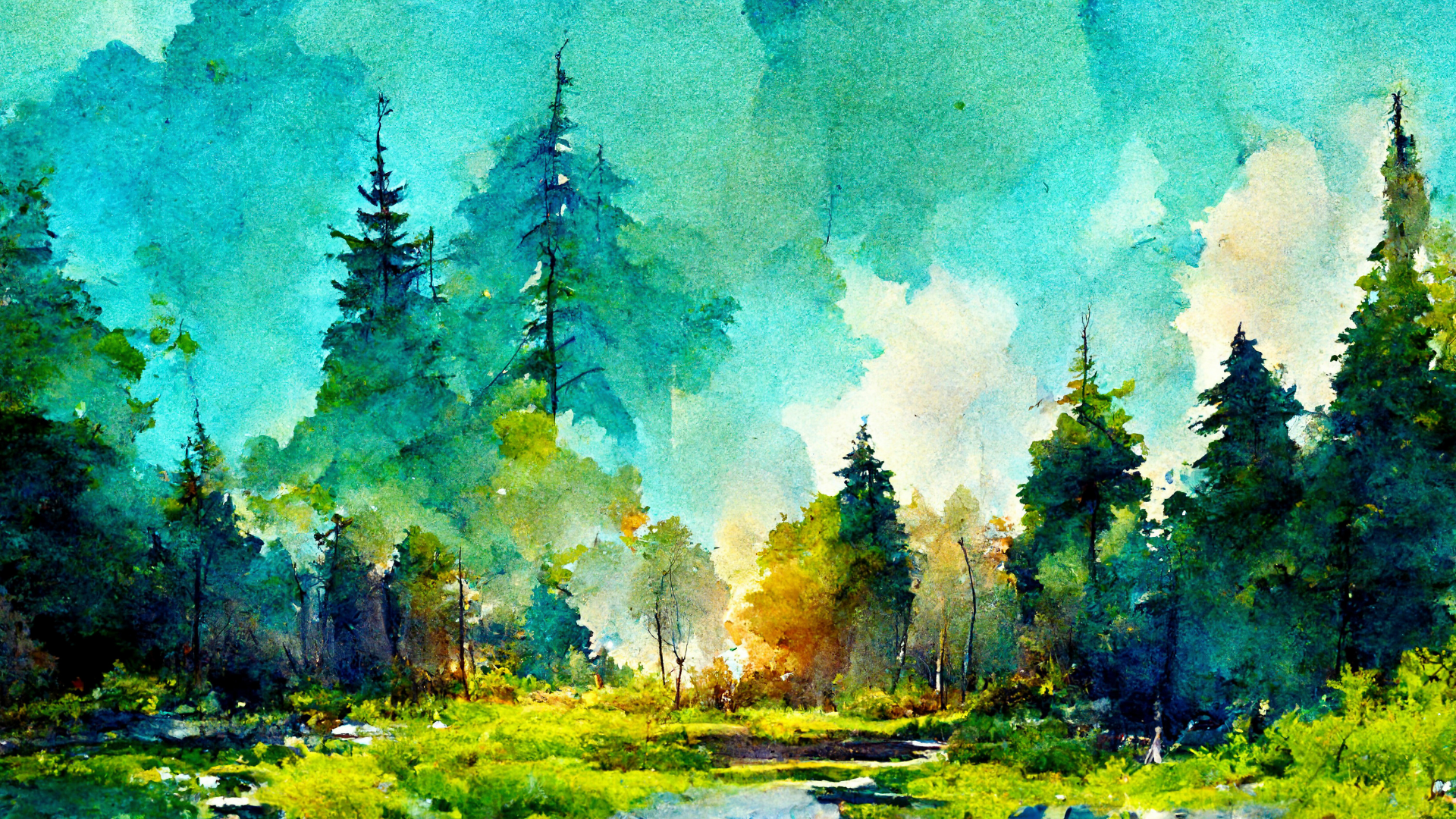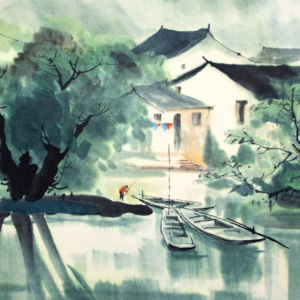Nature has long served as a profound source of inspiration for artists across various mediums. From the sweeping landscapes of famous painters to the intricate patterns found in nature, the environment shapes artistic expression in remarkable ways. The connection between nature and art reveals not only the beauty of the natural world but also the deep emotional responses it evokes in creators.
Artists often find their muse in the shifting seasons, vibrant colors, and complex forms found in the wilderness. This relationship allows them to explore themes of life, growth, and decay, resulting in works that resonate on multiple levels. The portrayal of nature can encapsulate the human experience, inviting audiences to reflect on their own connections with the world around them.
Through various artistic techniques, creators translate the essence of nature into tangible forms. Whether through painting, sculpture, or photography, each piece serves as a testament to the enduring influence of the natural environment. By examining how nature inspires art, one can appreciate the intrinsic bond that fosters creativity and enriches the human experience.
Exploring the Symbiosis Between Art and Nature
Art and nature share a dynamic relationship, where each influences and enriches the other. This connection manifests in various forms, including philosophy, landscape painting, and photography, each revealing insights into the power of the natural world as a source of inspiration.
Philosophical Underpinnings of Nature in Art
Philosophically, nature often embodies ideas of beauty, truth, and existence. Various movements, such as Romanticism, embraced nature as a source of emotional resonance and spiritual insight. Artists sought to represent not just the visible world but also the underlying emotions and philosophical questions arising from their natural surroundings.
For instance, the works of philosophers like John Dewey highlight the aesthetic experience derived from nature. This perspective encourages artists to perceive nature as a partner in their creative journey. Nature offers a rich tapestry of forms and colors, continuously inspiring innovation in artistic expression.
Landscape Painting: Windows to the Natural World
Landscape painting serves as a powerful medium for exploring nature’s beauty. Artists like Claude Monet and Vincent van Gogh captured the ever-changing qualities of the natural environment. Through their brushes, they conveyed the interplay of light, color, and form, inviting viewers to engage with the landscape.
These artists emphasized the emotional experience of being in nature. They portrayed not just scenes but feelings and perceptions tied to specific moments. The technique of plein air painting further facilitated this interaction by encouraging artists to work directly outdoors.
Photography: Capturing the Ephemeral
Photography has emerged as another significant medium for representing nature. It allows for the instant capture of fleeting moments, emphasizing the beauty found in everyday scenes. Photographers like Ansel Adams utilized the medium to convey the majesty of natural landscapes.
The power of photography lies in its ability to document reality while also evoking emotion. Through composition, lighting, and timing, a photographer can transform a simple image into a profound statement about nature’s impact. This immediacy and accessibility make photography a crucial tool for inspiring viewers to appreciate the natural world.
Influential Artists and Their Nature-Inspired Works
Nature has served as a profound source of inspiration for many artists throughout history. Their works showcase a deep connection to the environment, illustrating how nature shapes creativity across different periods.
Historical Greats and Their Legacy
Artists like John Constable and Claude Monet exemplified the integration of nature into their works. Constable’s “The Hay Wain” captures the English countryside’s tranquil beauty, symbolizing the harmony between humans and nature. His attention to atmospheric conditions and light set a standard in landscape painting.
Monet, a pivotal figure in the Impressionist movement, created works like “Water Lilies” that embody the essence of natural beauty through color and light. His paintings invite viewers to experience the evanescent qualities of nature, emphasizing its emotional impact.
Other significant artists include Caspar Friedrich, who focused on Romantic landscapes, and Georgia O’Keeffe, known for her vivid depictions of flowers and desert landscapes. Their contributions continue to inspire modern artists to explore the connections between art and the environment.
Contemporary Voices in Nature Art
In contemporary art, figures like Andy Goldsworthy and Yayoi Kusama reinterpret the relationship between nature and artistic expression. Goldsworthy creates site-specific installations using natural materials, such as leaves and stones, which highlight nature’s impermanence. His pieces, like “Rain Shadows,” emphasize the interaction between art and the environment.
Yayoi Kusama, through her immersive installations, engages viewers in a dialogue about nature’s patterns. Her “Infinity Mirror Rooms” reflect the organic and repetitive forms found in nature, inviting contemplation of the interconnectedness of the natural world.
Other contemporary artists, like Olafur Eliasson, use innovative techniques to replicate natural phenomena in urban spaces. His installations often spark conversations about climate change and the importance of preserving nature. Through these artists, the dialogue continues, showcasing the evolving relationship between nature and art.
The Creative Process: From Awe to Art
The transformation of inspiration from nature into artistic expression involves deep observation and emotional responses. Artists often find themselves captivated by natural landscapes, which provide a foundation for their creative endeavors.
Visual Art: Painting and Sculpture
Nature plays a crucial role in visual arts, serving as both subject matter and muse. Artists observe the intricate details of landscapes, flora, and fauna, capturing their essence through techniques like color, texture, and form.
For instance, Impressionist painters such as Claude Monet utilized light and color to reflect nature’s changing scenery. Sculptors often draw inspiration from natural materials, crafting pieces that resonate with organic forms. Artists discover new techniques and styles through their connection with the environment, allowing their work to evolve.
The direct interaction with nature enhances their understanding, fostering innovation in both painting and sculpture.
Written Word and Music
Nature also influences literature and music. Writers find metaphors and themes in natural elements, weaving them into narratives that evoke emotion and imagery. Poets often describe landscapes to convey feelings, providing readers with profound connections to the natural world.
Musicians incorporate sounds inspired by nature, using rhythms and melodies that reflect their environment. For example, nature’s sounds, such as birdsong or the rustling of leaves, can shape a composition’s tone. This melding of auditory and visual elements allows artists to create rich, immersive experiences that invite audiences to explore deeper meanings.
Through these mediums, artists translate their awe into powerful works that resonate with the human experience.
The Healing Power of Nature in Art
Nature serves as a profound source of healing and inspiration in art. Through various forms, artists capture the beauty of landscapes and seascapes, evoking feelings of tranquility and connection to the natural world.
Art as a Reflection of Natural Beauty
Artists have long portrayed the beauty of nature through a variety of media, from landscape paintings to seascapes. These works often depict serene settings, such as mountain ranges, forests, or ocean waves, fostering a sense of peace in the viewer.
The intricate details in these artworks can draw attention to nature’s subtleties, such as the play of light through leaves or the rhythmic movement of water. By highlighting these aspects, art validates the intrinsic beauty found in the environment, encouraging appreciation.
Moreover, experiencing these representations can transport individuals to calming places, contributing to emotional healing. This reflection of nature’s splendor helps viewers reconnect with their surroundings, prompting mindfulness and reducing stress.
Therapeutic Applications of Nature-Inspired Art
Nature-inspired art has therapeutic benefits that can enhance mental well-being. Art therapy programs often utilize natural themes to promote relaxation and self-expression. Participants might create works inspired by natural settings, which can help reduce anxiety and foster emotional healing.
Furthermore, engaging with or creating art that depicts natural landscapes facilitates a sense of grounding. This connection encourages individuals to explore their feelings and experiences in relation to nature.
Research indicates that exposure to nature and artistic expression can lower cortisol levels, promoting a sense of calm. By integrating these elements, art serves not just as a visual experience but also as a tool for wellness and healing.





